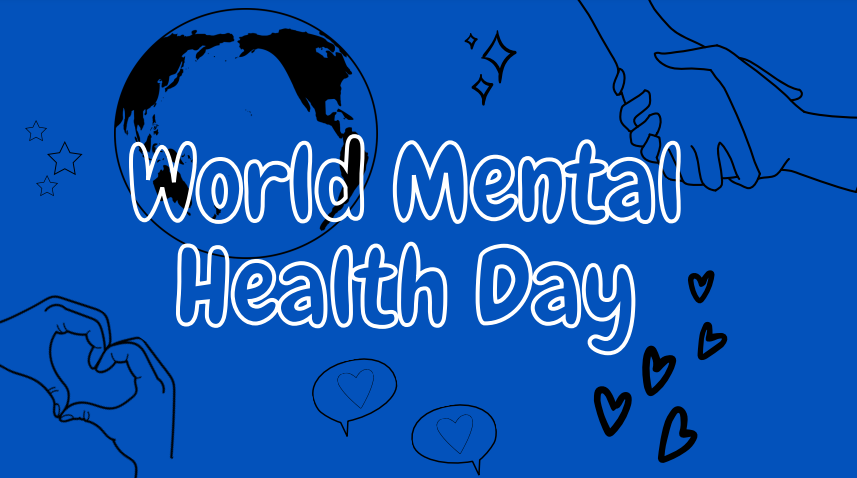

Education is the great engine of personal development. It is through education that the daughter of a peasant can become a doctor, that the son of a mineworker can become the head of the mine, that a child of farmworkers can become the president of a great nation. It is what we make out of what we have, not what we are given, that separates one person from another.
Nelson Mandela
Primary school covers a child’s transition from early to middle childhood and occurs across the ages of 5-11. It is important to remember that all children develop at different paces, with access to supportive secure environments helping the brain to mature in a healthy way.


Early Childhood
As children move from pre-school into primary school, their brains are still busy growing and developing networks of neurons and connections which are then discarded or reinforced through a process called synaptic pruning. The brain is still very malleable and open to change, but it is beginning to take on some of the structure that will shape their internal world going forward. As these networks take shape, we start seeing children learn academically and socially. This learning initially requires a lot of focus and is mainly rote in nature, but this behaviour gradually becomes more automatic and allows children to direct to more specialised areas of learning.
Middle Childhood
As children continue to develop, more abstract ways of learning become available to them such as inferential thinking. This is also supported by the continued formation of neuron networks and chemical changes that facilitate short-term and long-term memories.
We can see from this process that the hardware for adulthood is already being built, and just like other academic skills we begin to learn how to manage our internal emotional worlds in a process known as emotional regulation. At this stage, it is essential that we learn positive internal strategies to cope with the world around, especially regarding negative emotions and how to understand and manage them ourselves (resilience). This is helped by having a positive sense of ourselves (self-esteem), and supported by our interactions with others (social confidence).

Primary School Children and Mental Health
At this age, children can still experience many of the same mental health concerns that adults do, though it is important to think about these presentations of mental health in the context of a child developing. Whilst more severe mental health disorders are rare (though not unheard of) at this stage, what we see as relatively mild or low level concerning presentations are potentially the beginning of what might become a more serious problem later in adolescence and adulthood. Evidence shows that 50% of all later life mental health disorders begin by the age of 14.
Whilst childhood might be the beginning of poor mental health in later life, it does not have to be. Childhood is the perfect opportunity to provide early intervention and strength-based models of care that can provide children with the tools to manage their mental health and wellbeing and reduce the chances of later life illness. We know this works, but we cannot do it without the support of teachers.

This can be as simple as having a conversation with your class about mental health. The Anna Freud centre have made a great animation on talking about mental health which you can use:
We have also created lesson plans, exercises and videos which you can use to teach lessons and set homework. Just look through our sections for primary school or use the filter on our resources page.
( resources found)


































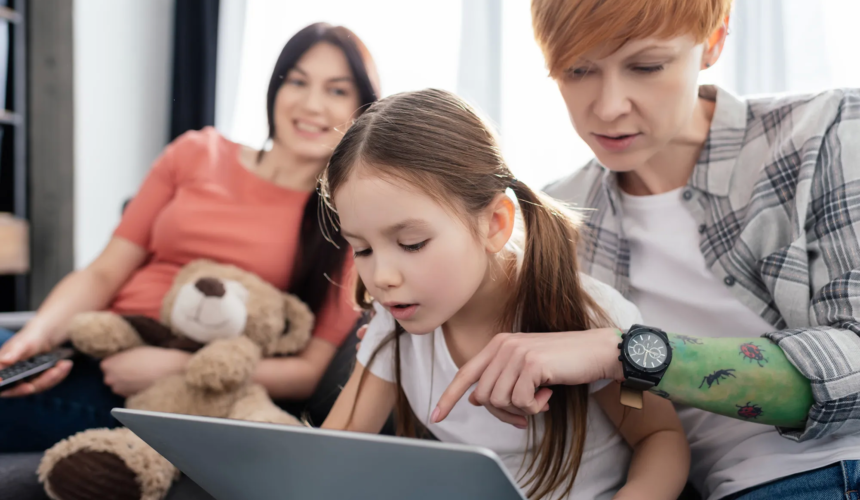



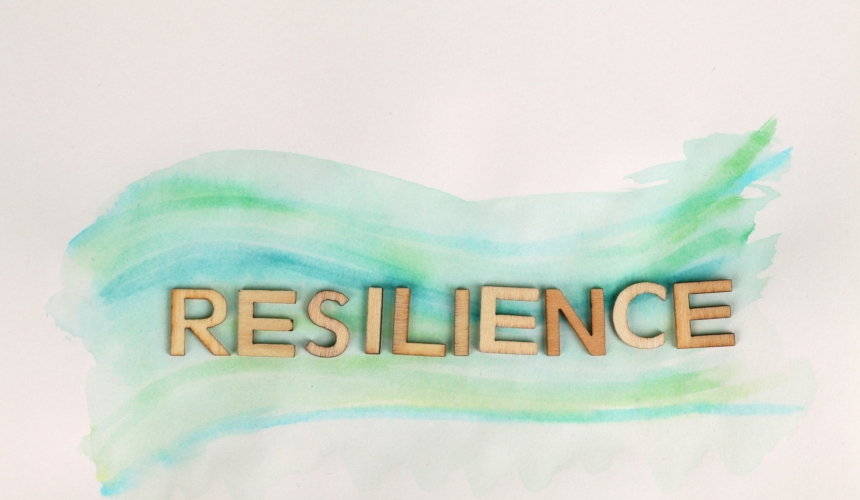



















































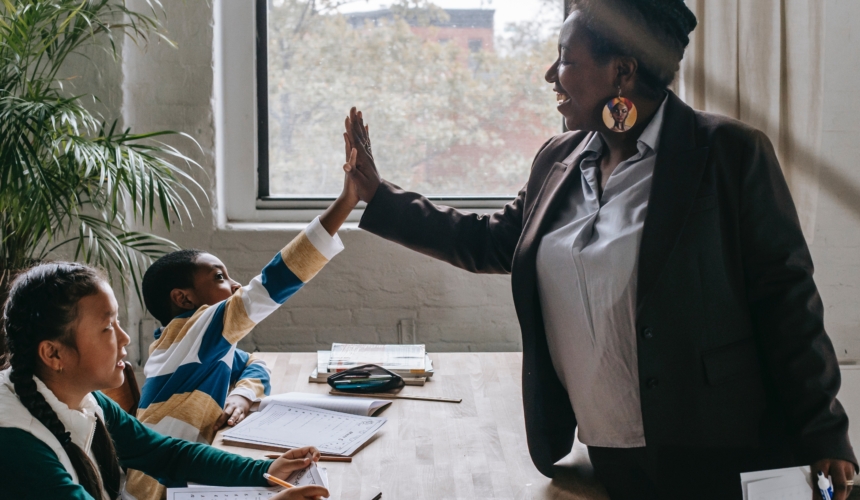

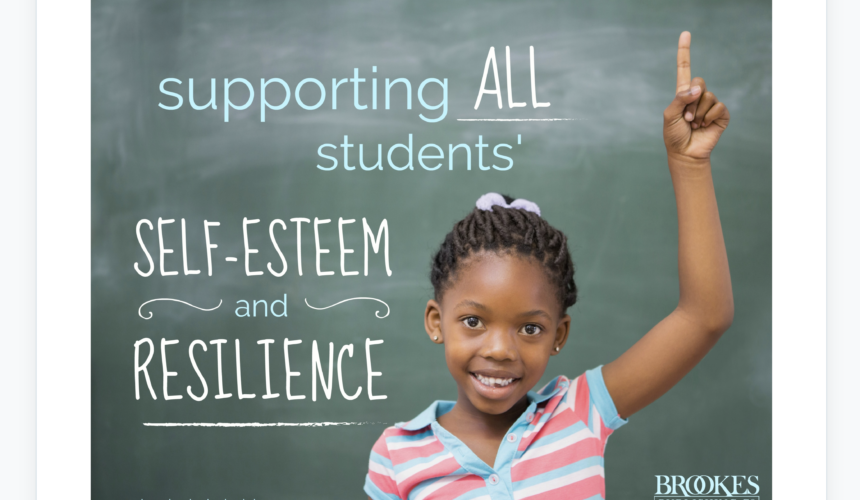



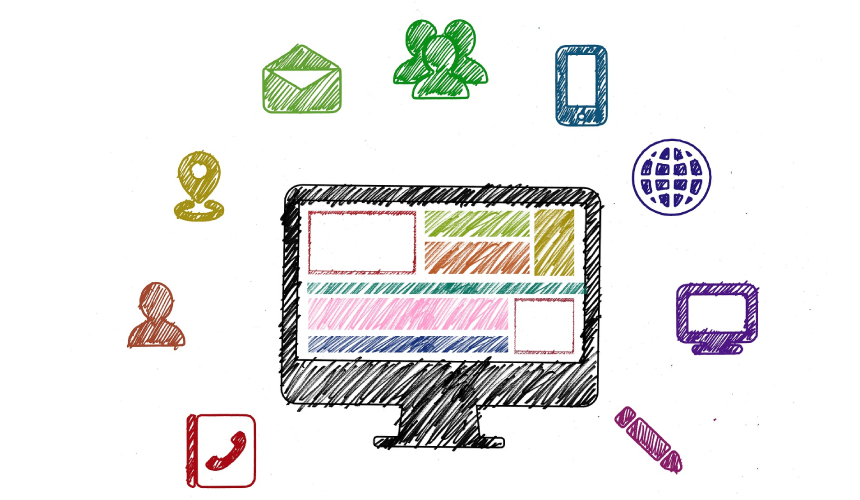

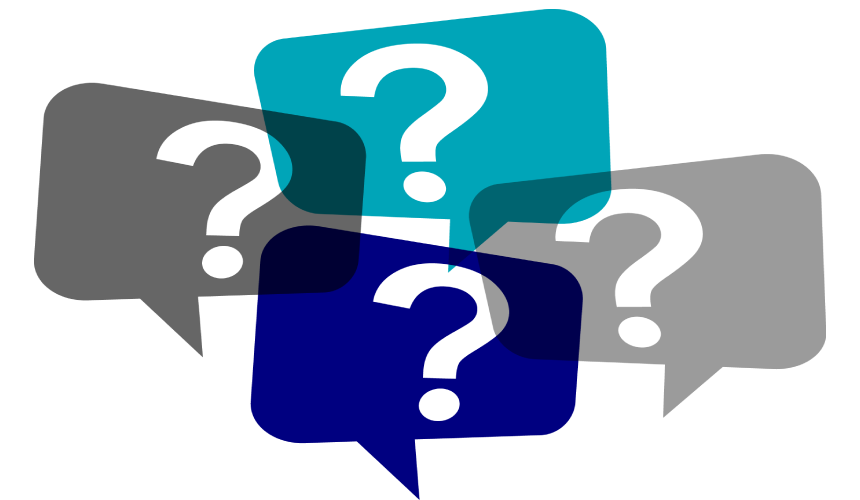





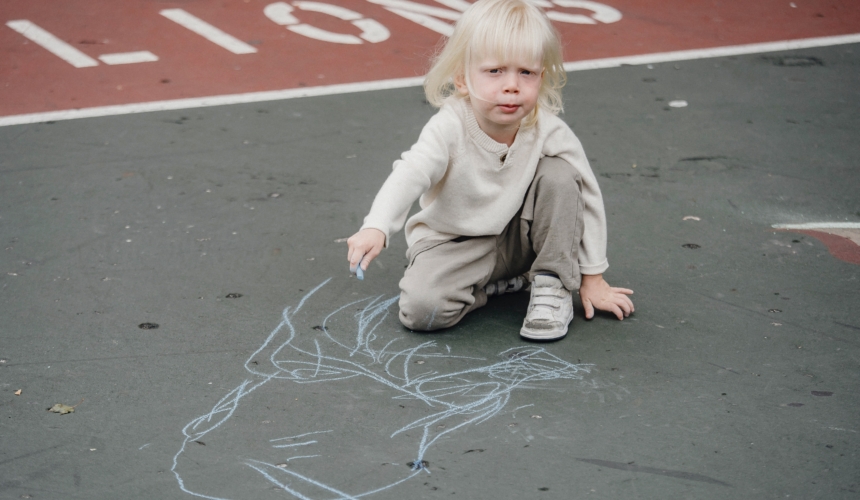

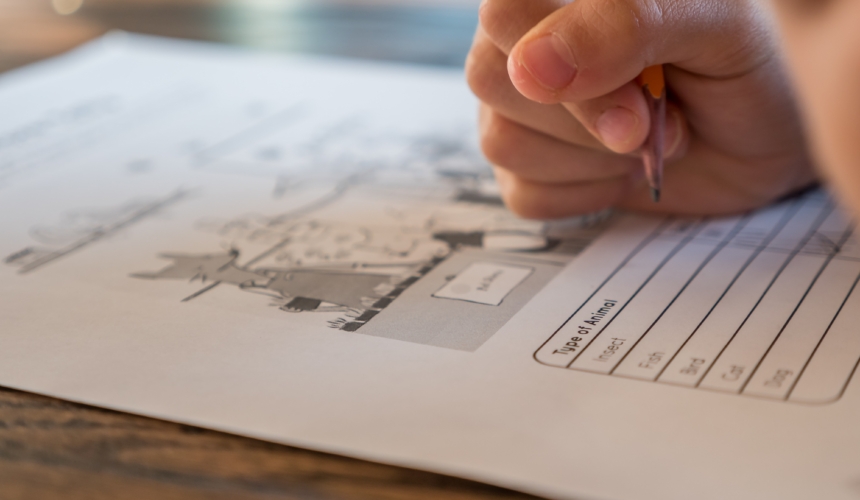











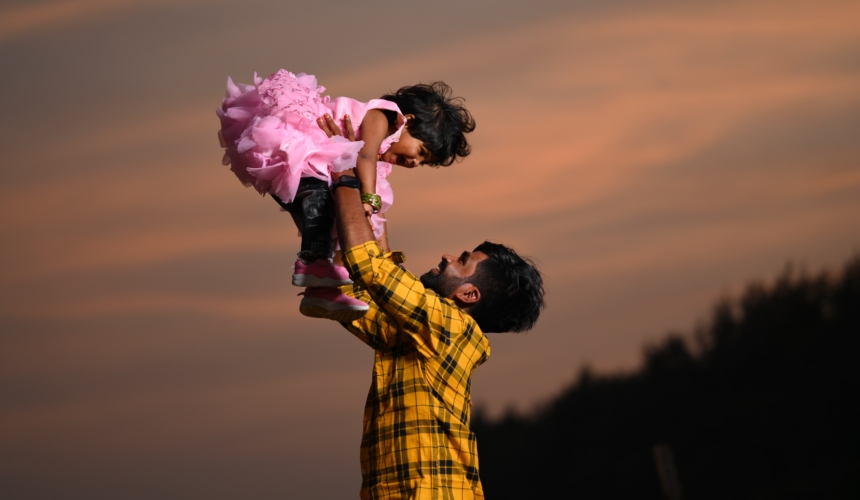








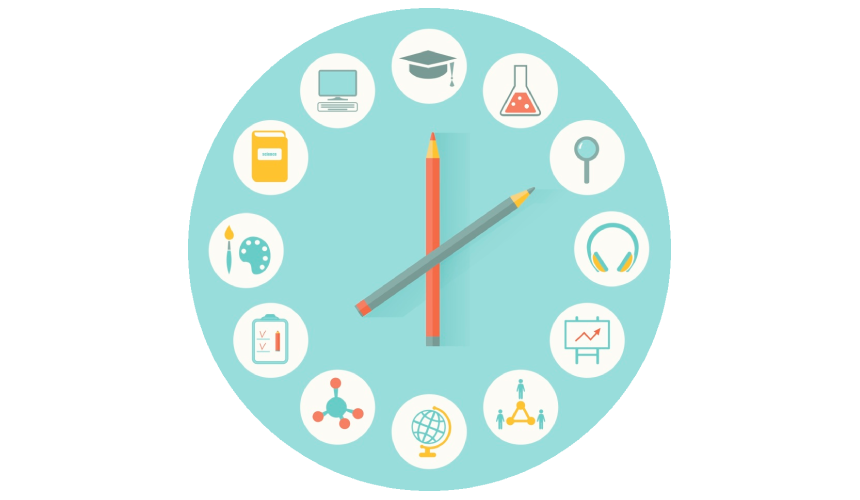













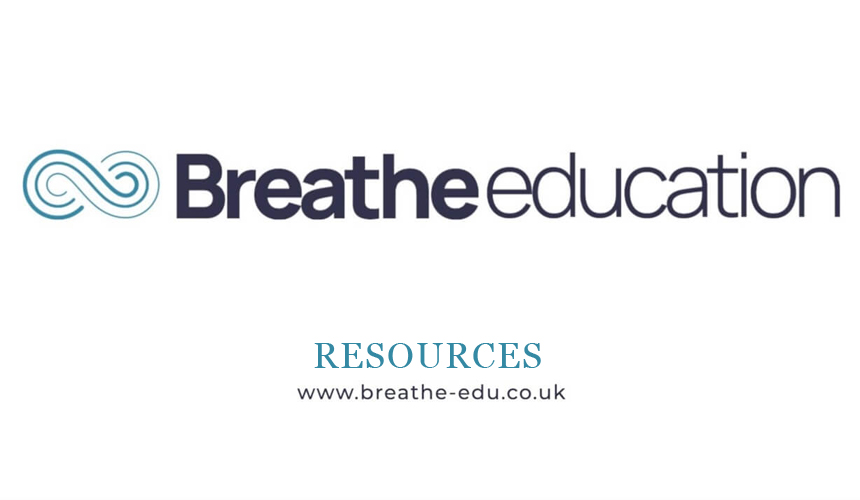













How useful was this info?
Click on a star to rate it!
![]()
© Copyright Breathe 2020- 2024
Terms and Conditions | Privacy Policy
supporters & partners 



![]()
